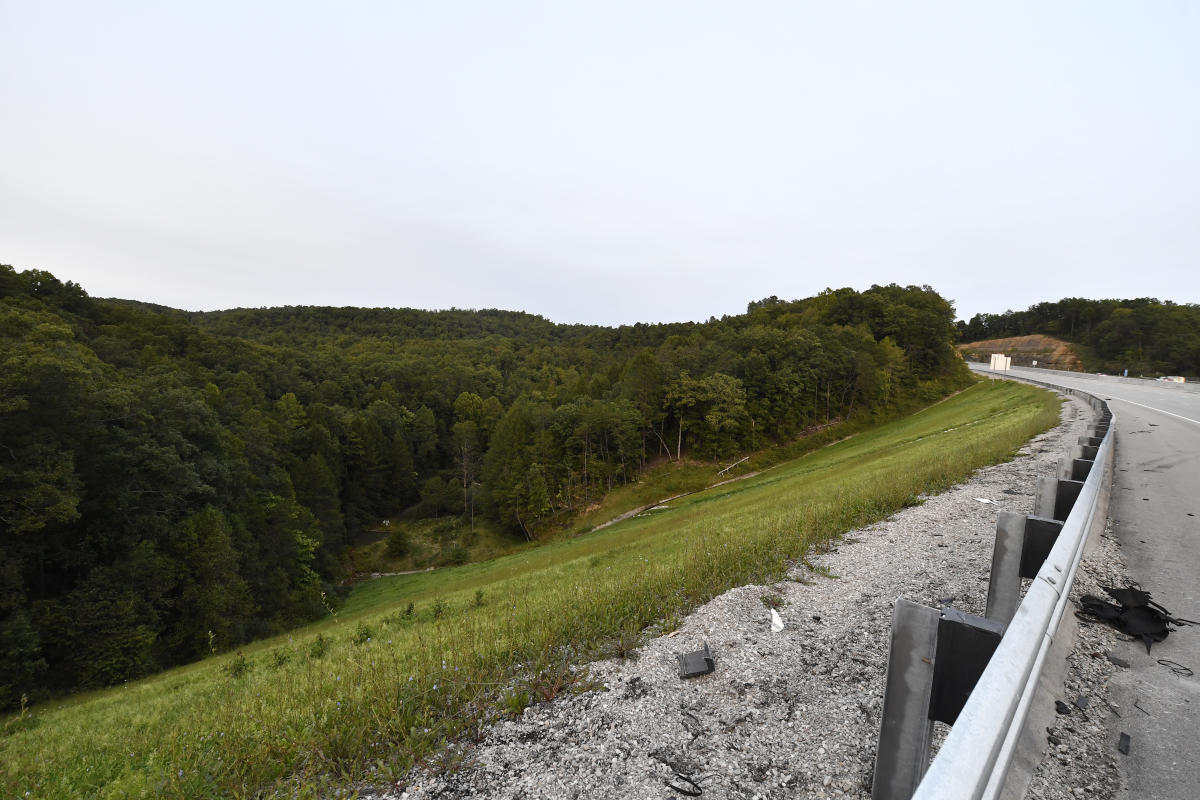The Global NCAP Safer Cars for Africa programme released its latest round of crash test results last week – reporting “disappointing” ratings for the vehicles concerned.
Launched in 2017, in partnership with the Automobile Association of S A (AASA), the programme has tested 22 vehicles applicable to the local market.
Three models were tested in the latest round, all vehicles which are currently on sale. The Chinese-made Kia Pegas achieved two out of five stars for adult occupant protection, but four stars for child occupant protection.
Renault’s Triber and the Suzuki Ertiga are both manufactured in India. The Renault was given two stars for adult and child occupant protection. A single-star rating was given to the Suzuki for adult occupant protection and two stars for the child category.
Structural integrity and safety features
Kia sells the Pegas with two airbags, ABS, EBD and ISOFIX child seat mounting points as standard, priced from R292,995 (LX grade). It does not have electronic stability control. According to Global NCAP, the structure of the vehicle was deemed unstable – although head and neck protection was deemed “good” in a frontal impact.
Pricing for the Renault Triber begins at R228,999 (Life grade). It has two airbags, ABS, EBD and ISOFIX child seat mounting points, but no electronic stability control. Although protection offered to the head, abdomen and pelvis on side impact was declared “good”, the structure of the model had been deemed unstable.
Global NCAP said the structure of the Suzuki Ertiga was “borderline unstable” with pedal displacement in the footwell area showing injury risks to the driver. In S A, the standard GA model costs R281,900 and is the only car of the three with standard electronic stability control, in addition to dual front airbags, ABS, EBD and ISOFIX points.
How Kia and Renault responded
“Customer safety is, and always will be, a top priority for Kia SA,” said Kia’s public relations manager Toni Herbst.
“We are also sensitised to the importance of offering affordable mobility to South Africans at an accessible price point.”
Herbst said that the Pegas was homologated to standards set by the National Regulator for Compulsory Specifications (NRCS), reiterating the standard safety equipment of the vehicle, in addition to features such as parking sensors and a rearview camera.
Press relations manager for Renault, Viviene Ward, said the Triber’s safety levels were aligned with local standards. “The Triber model operates within the entry-level segment, where the safety features offered are very much aligned to the competitive set,” she said.
“Safety remains a core pillar of the Renault brand, and as such is an important consideration when developing our model ranges for the local market, aligning with the brand’s global focus on offering safe vehicles to our customers.”
Suzuki claims discrepancies
Suzuki meanwhile outright disputed the results of the crash test.
In a media release, the company claimed there were discrepancies with the process, stating that inaccurate and incomparable information was used for the front and side impact tests, which nullified the report.
“In its published report and in the information shared with media, the authors reference a 2019 test of an older generation Indian specification Maruti Suzuki Ertiga for its front crash test information, it does not make this information known in its report,” the company noted.
“It is, however, clear from the images and videos that show the same unique vehicle identifier (OD2119MER1) in the videos for both the #SaferCarsForIndia 2019 and #SaferCarsForAfrica 2024 tests. Both videos, and the assessment information quoted in the report and releases, are also identical.”
“By only making reference to the year 2024, the authors of the report – perhaps inadvertently – create the impression that all tests were conducted recently and with the same model.”
According to Suzuki SA, there are additional reasons why the use of information from a five-year old crash test from the #SaferCarsForIndia is not relevant in the calculation of the 2024 result published in the #SaferCarsForAfrica report:
• The Ertiga tested in 2019 is an older generation model that does not have any of the safety upgrades that have since been added by Suzuki.
• The Ertiga tested in 2019 (the vehicle shown in the frontal impact test) is built for the Indian market to Indian customer specification. It was never offered for sale in S A.
• The testing protocols used by the GNCAP has changed significantly in the last five years, with the most recent protocols published in 2022. In support of this statement, the Ertiga tested in 2019 was awarded three stars for driver and passenger safety, while the same information was considered only worthy of a one-star rating in the report published by the AASA, without retesting.
• It is highly possible that the quality and sensitivity of vehicle testing equipment, including the crash test dummies, have improved significantly over the past five years.
• The child restraint used in the two tests are not the same, which may further support the assumption that the dummies used in the two tests were different and the data collected from them incomparable.
• In the supporting information published by the GNCAP, the Suzuki Ertiga is identified as a Renault Triber, although the images are those of the Ertiga.
• The Suzuki Ertiga tested for side impact achieved the highest side impact rating out of the vehicles tested, yet the overall score received is the lowest of all the vehicles tested.



 1 month ago
69
1 month ago
69














